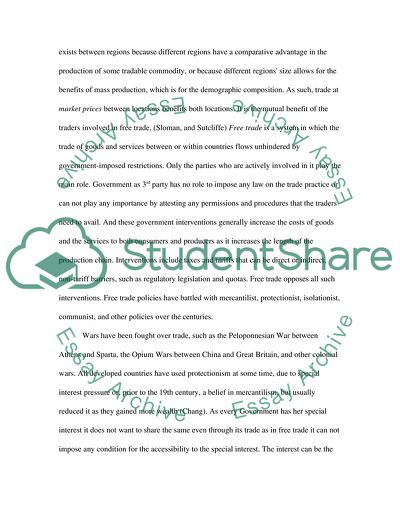Cite this document
(Economy Case Study Example | Topics and Well Written Essays - 1750 words, n.d.)
Economy Case Study Example | Topics and Well Written Essays - 1750 words. https://studentshare.org/macro-microeconomics/1715533-economy
Economy Case Study Example | Topics and Well Written Essays - 1750 words. https://studentshare.org/macro-microeconomics/1715533-economy
(Economy Case Study Example | Topics and Well Written Essays - 1750 Words)
Economy Case Study Example | Topics and Well Written Essays - 1750 Words. https://studentshare.org/macro-microeconomics/1715533-economy.
Economy Case Study Example | Topics and Well Written Essays - 1750 Words. https://studentshare.org/macro-microeconomics/1715533-economy.
“Economy Case Study Example | Topics and Well Written Essays - 1750 Words”. https://studentshare.org/macro-microeconomics/1715533-economy.


